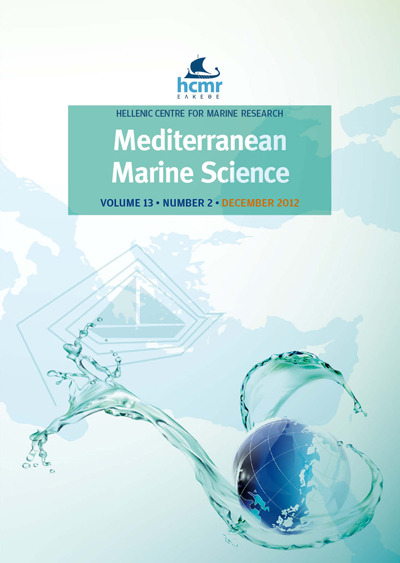GIS applications for the investigation of hydrometeorological and biochemical conditions of coastal areas
Abstract
In general, the Russian team manipulates GIS as a subsystem of problem-oriented applications in order to enlarge the possibilities to run non-standard user programs. The subsystem of problem-oriented applications (POA) is designed for the following: (1) analysis of data and information to implement applied tasks; (2) preparation of output information products of the system in the form of hard and electronic copies in accordance with the required formats; and (3) dissemination of information products according to the users requirements.
The Greek group focuses on the GIS use as a tool for joining different layers of spatial information in the marine area under investigation. Also, incorporated in the GIS is the drainage basin that supplies the marine area with water, sediment load and also human derived substances. Layers of hypsometry, bathymetry, hydrography, river network, roads, cities, satellite images etc., have been introduced into the system, obtaining significant feedback information. Also, there are developed the relations of the former layers with the marine sampling stations network and the database that describes the station's properties.
The two groups benefit particularly by the exchange of ideas and methods, as different consideration is undertaken to resolve marine research issues.
Article Details
- How to Cite
-
KARAGEORGIS, A., MIKHAILOV, N., DRAKOPOULOU, P., VORONTSOV, A., ANAGNOSTOU, C., & LYKIARDOPOULOS, A. (2000). GIS applications for the investigation of hydrometeorological and biochemical conditions of coastal areas. Mediterranean Marine Science, 1(1), 157–164. https://doi.org/10.12681/mms.286
- Issue
- Vol. 1 No. 1 (2000)
- Section
- Research Article
Authors who publish with this journal agree to the following terms:
- Authors retain copyright and grant the journal right of first publication with the work simultaneously licensed under a Creative Commons Attribution Non-Commercial License that allows others to share the work with an acknowledgement of the work's authorship and initial publication in this journal.
- Authors are able to enter into separate, additional contractual arrangements for the non-exclusive distribution of the journal's published version of the work (e.g. post it to an institutional repository or publish it in a book), with an acknowledgement of its initial publication in this journal.
- Authors are permitted and encouraged to post their work online (preferably in institutional repositories or on their website) prior to and during the submission process, as it can lead to productive exchanges, as well as earlier and greater citation of published work (See The Effect of Open Access).








